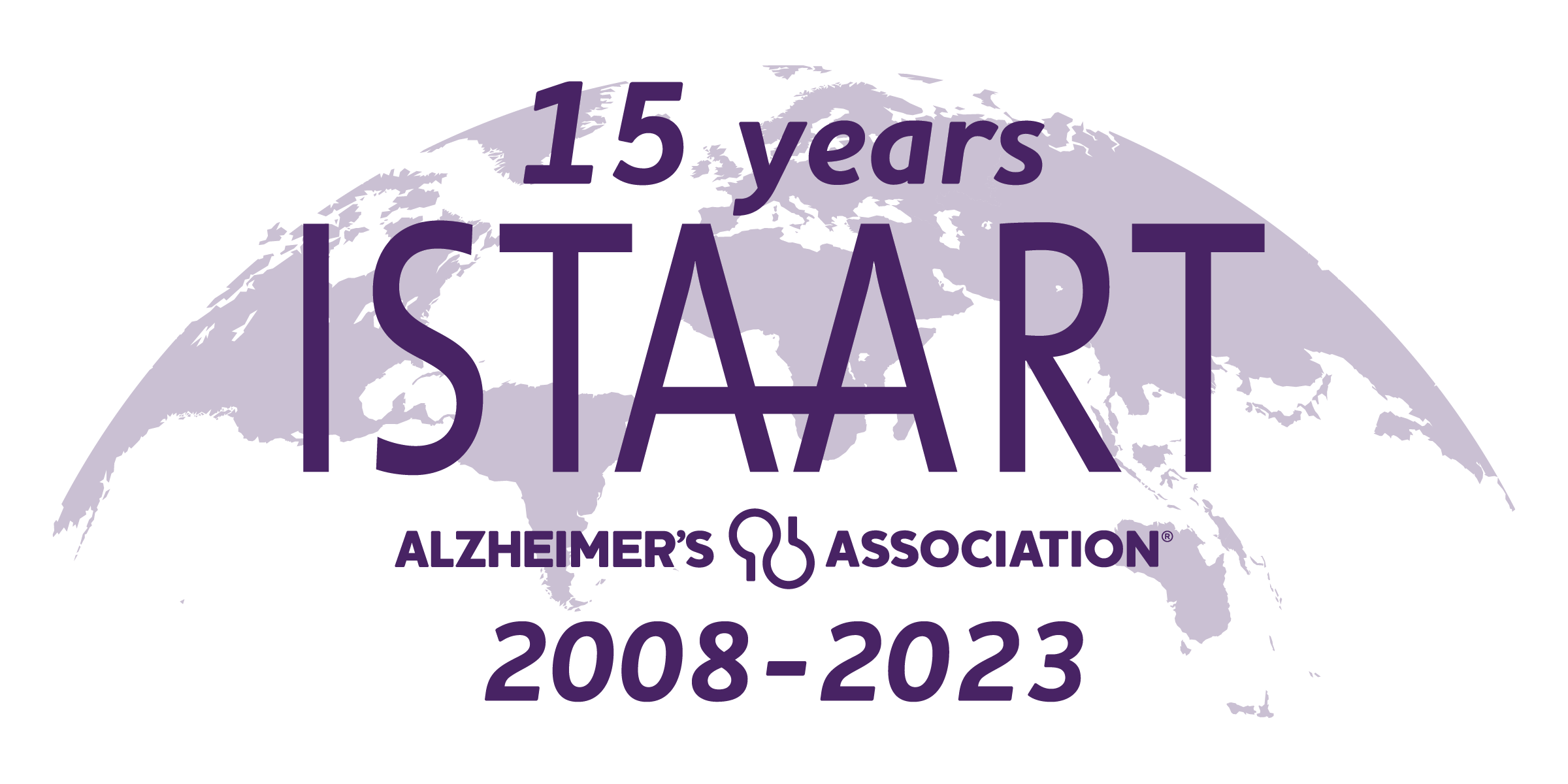About
This PIA was established in 2012.
Executive Committee
Chair: Görsev Yener
Vice Chair: Yang Jiang
Programs Chair: Xianghong Arakaki
Communications Chair: Susanna Lopez
General Committee Member: Pierfilippo De Sanctis
General Committee Member: Fernando Maestu
General Committee Member: Darlingtina Esiaka
Immediate Past Chair: Bahar Güntekin
#NeurophysPIA
Overview
Neurophysiological techniques, including electrophysiology, biomagnetics, MEG, transcranial magnetic stimulation, ultrasound, two-photon excitation microscopy, and other measures linked to brain signals and neuro-vascular coupling, are instrumental in unraveling the pathophysiology of aging and dementia. They shed light on neuronal interactions with various bodily systems, offering insights into the mechanisms underlying cognitive impairment. The Neurophysiology PIA (formerly Electrophysiology PIA) seeks to foster research that elucidates neural biomarkers for synchronization and connectivity across different scales, from single neurons to large-scale brain networks. As 2024 marks the centenary of Hans Berger's pioneering invention of EEG technology, ISTAART has endorsed a name change to reflect a more comprehensive scope.
The Neurophysiology PIA provides support for various trainees, Ph.D, and MD early-stage researchers, offers platforms for education and scientific discourse through symposia and lectures, facilitate networking opportunities for sharing data and tools in AD research, and serve as a platform for developing position papers on how these neurophysiological biomarkers relate to the preclinical and progressive stages of Alzheimer's disease and related dementia, impacting cognitive functions in both animal models and patients.


.png)